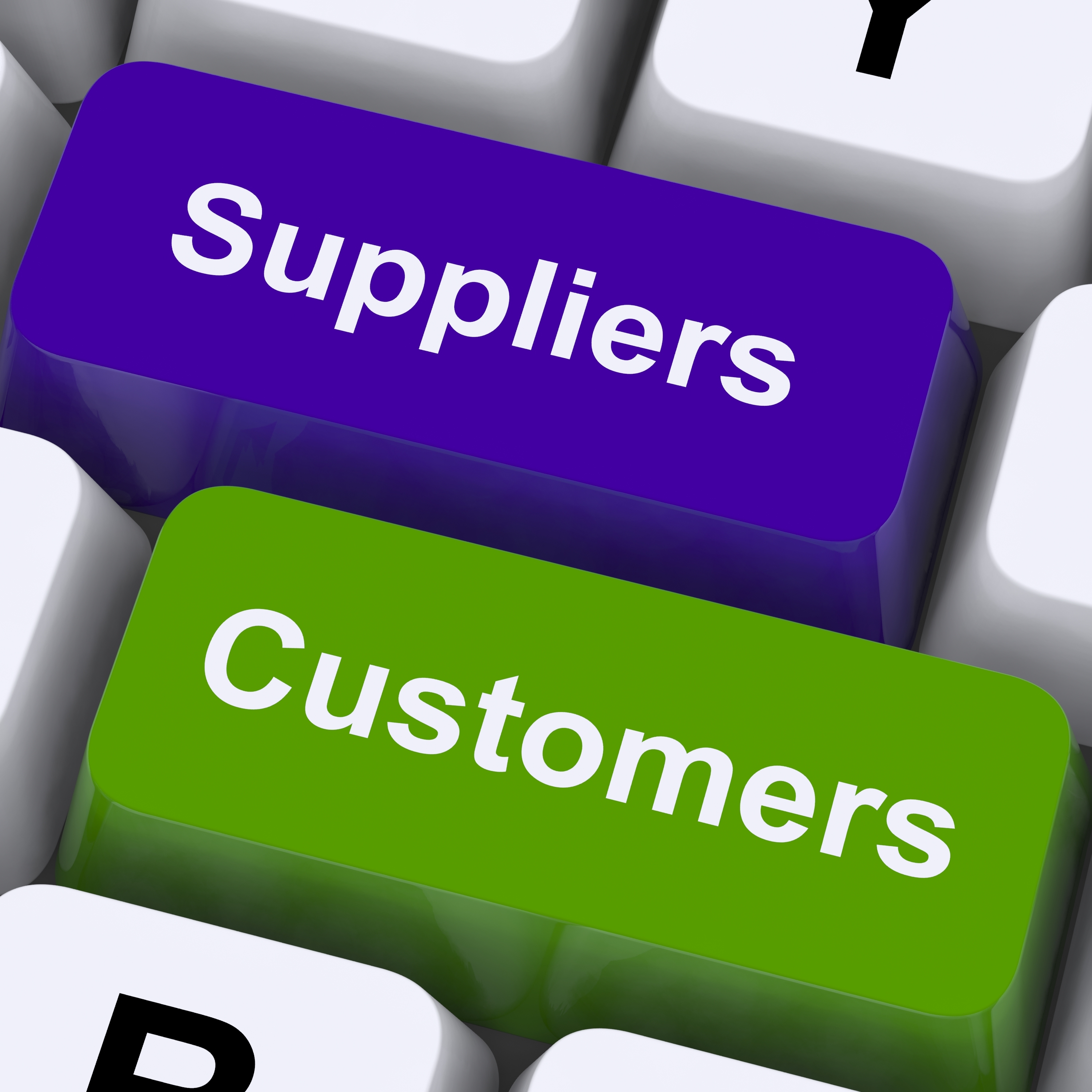
And what about relationship management with suppliers? What happens if you replace the C, for customers, by the S for suppliers? With SRM (Supplier Relationship Management), it is also about knowledge that needs to be managed, structured and used – with the goal of optimizing the supplier relationships, keeping the quality of the purchased goods as high as possible and keeping the costs as low as possible.
Tasks of the SRM
Really good supplier relationships can only be consolidated if you know existing and potential suppliers. SRM systems support purchasing and procurement employees, automate processes and provide the information they need at all times.
Providing information, generating knowledge … That’s not really far from CRM.
SRM, CRM and ERP
And indeed: a CRM system can provide the functions of the SRM as well, since the supplier relationships have a lot in common with customer relationships: the SRM aims to find the right, valuable partners – the ones that are best suited to the respective procurement process.
Categorizing and classifying suppliers
Find the right supplier as quickly as possible. For this, one should know what a supplier has to offer and how one has rated its services based on previous activities:
- Who is eligible for the required purchasing products?
- Which suppliers are reliable?
- Who grants which special prices?
- With which suppliers have you already experienced issues such as delivery delays?
Documenting communication
The communication with suppliers should also be archived and documented as for the one with customers:
- Who did you choose the last time?
- By whom have you requested the product this time?
- Which offers have you already received?
- What are their processing status?
Only the one currently informed about activities and sources of supply can specifically follow up and strategically plan.
Analyzing purchasing figures
An interface to the ERP system enables the current overview of all figures relating to the purchasing processes, such as open orders and invoices.



